
Pollination Integration: How to Attract Pollinators to Your Garden
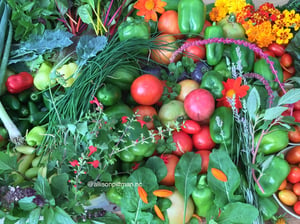
According to the National Academy of Sciences, close to 75% of flowering plants on Earth rely to some degree on living pollinators in order to set seed. This is known as biotic pollination. It is one of many reasons why pollinators are important. The other remaining 25% of flowering plants are self-pollinating meaning they will form a seed without pollinators.
Most of our summer vegetables require some form of pollination. Pollination occurs when the pollen grains (one of the male parts of the flower) comes into contact with the flower’s stigma (one of the female parts of the flower). Pollination forms a seed. Different plants require different methods to transfer pollen: wind pollination, self-pollination, and biotic pollination (usually by insects).
Keep reading to learn how to attract pollinators to your vegetable garden and ensure you get plenty of the produce you've work so hard to grow.
Which Vegetables Rely on Wind Pollination?
Corn, wheat, and oats are some examples of plants pollinated by wind. You can give these plants a little shake to encourage pollination. When the wind blows, the tassels at the top of the corn fall down on the corn silk and ears below. Pollination occurs and kernels (the seeds) are formed.
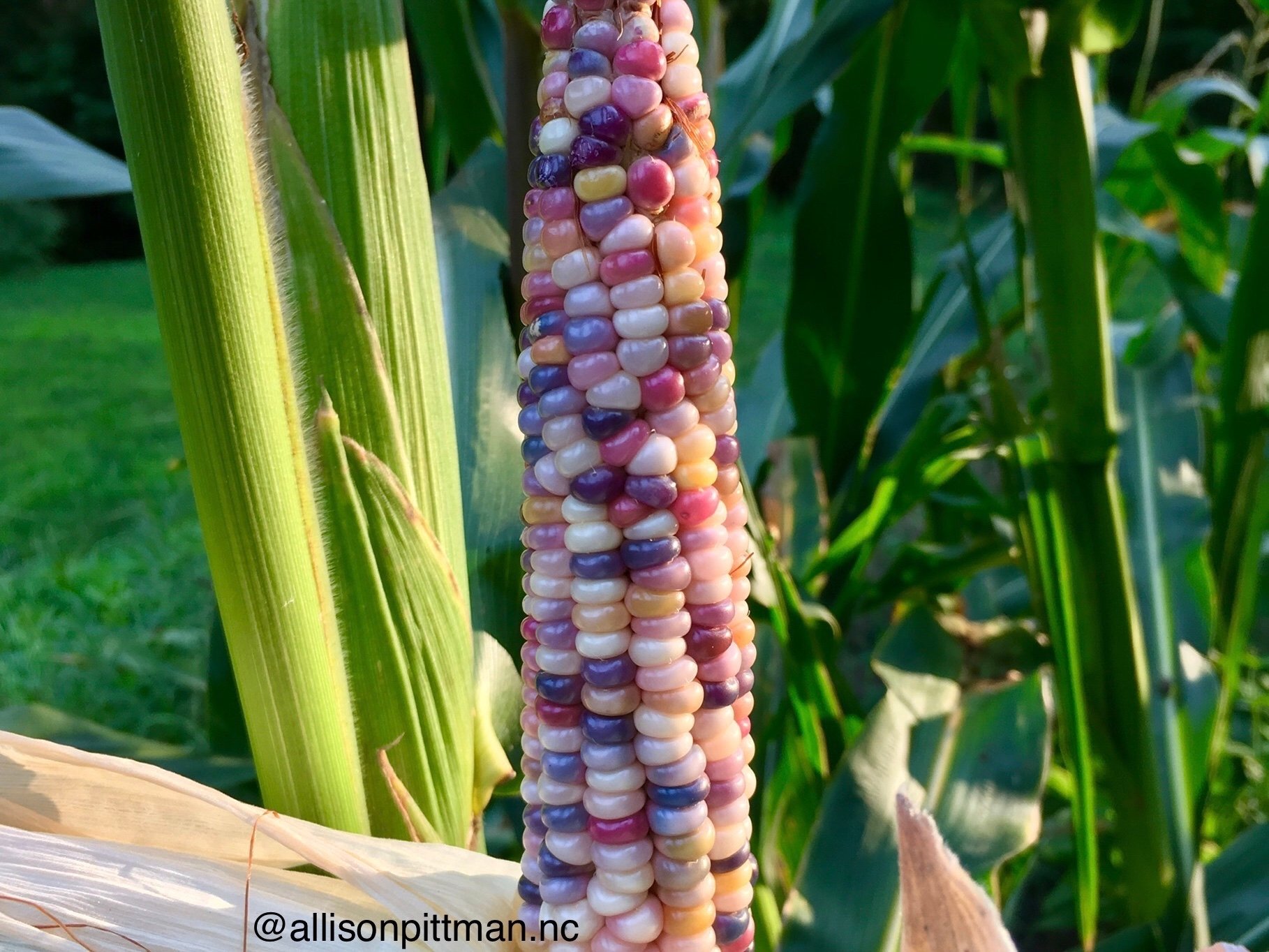
Glass gem corn successfully pollinated by wind.
Which Vegetables are Self-Pollinating?
There is good news for gardeners. Many vegetables you grow are self-pollinating plants. What that means is your vegetables form complete flowers with both female and male parts. Pollination can occur on its own.
Self-pollinating vegetables:

Tomatoes are self-pollinating because they form complete flowers.
If many of our summer vegetables are self-pollinating, then why do we need pollinators? When conditions are ideal (perfect temperatures, humidity, wind, etc.) self-pollinating plants produce fruit all on their own. But how many seasons have you had perfect conditions? Honestly?
That’s one way pollinators lend a hand - they increase pollination when conditions are not suitable for self-pollination. There are numerous studies and research validating how bee pollination boosts vegetable production but that is beyond the scope of this blog. The main point: pollinators increase pollination and more pollination equates to more harvest.
Which Vegetables Require Insect Pollination?
Some vegetables do not form complete flowers. Instead, they produce separate male flowers and female flowers. Insects collect pollen from one flower (a male flower) which is rubbed off onto the next flower (a female flower).
Vegetables that require insect pollination:
- melons
- pumpkins
- squash & zucchini
- cucumbers
- many fruits such as apple, peach, cherry, blueberries, and blackberries also require pollinators.
Insect pollinators are grouped into 4 basic categories:
- bees
- butterflies and moths
- beetles
- flies
Even bats, ants, and hummingbirds are considered pollinators.
Female versus Male Flowers
Let's use squash as an example.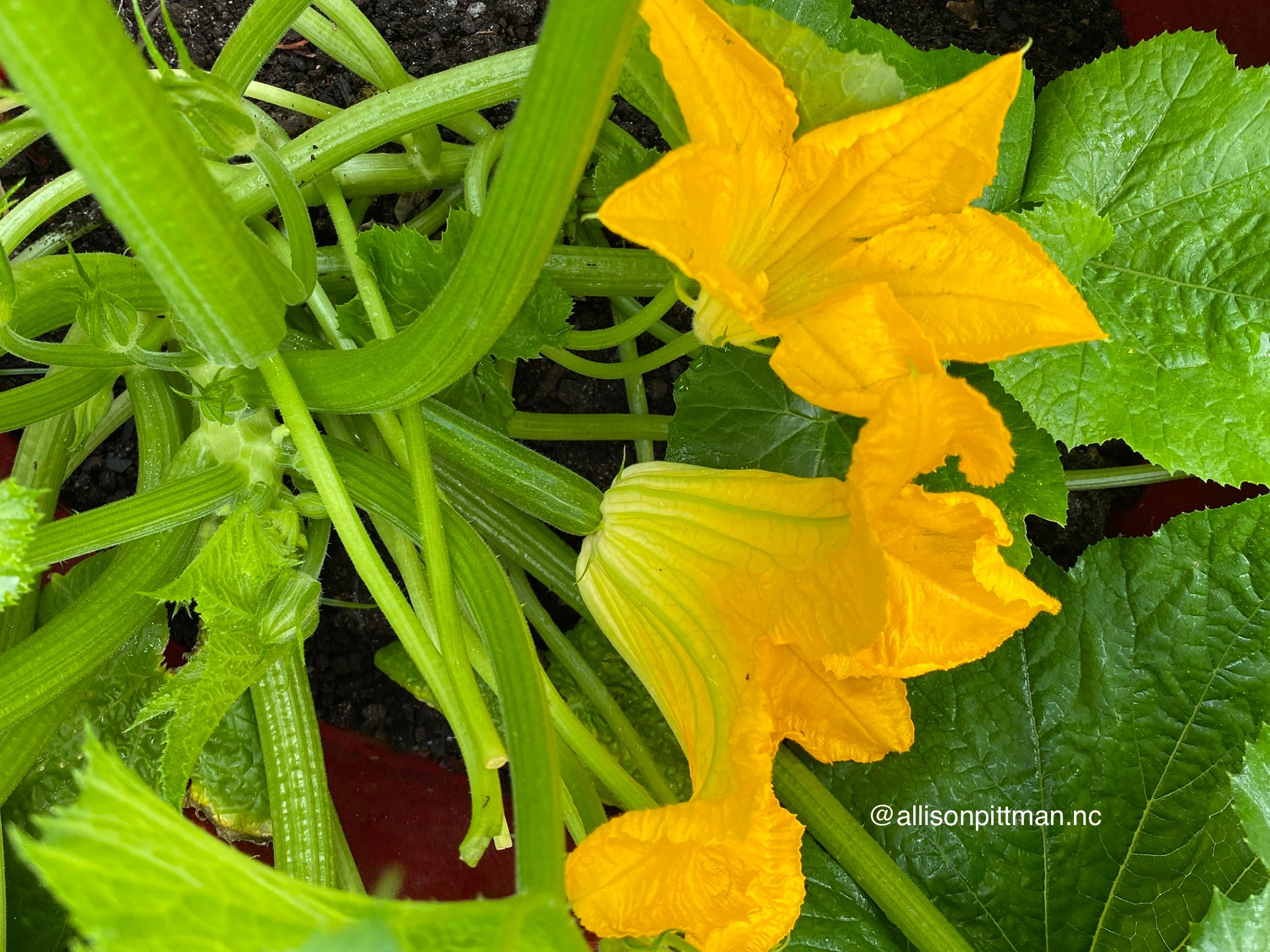
A zucchini plant produces female and male flowers. The female (bottom flower) has the fruit at the base whereas the male (top flower) does not.
Squash has female and male flowers. The male flowers have a straight, narrow stem. The female blossoms have a miniature version of the mature fruit at the base (which is part of the stem). You’ll know the gender as soon as female buds form before the flower opens. Consider this like the gender reveal parties sans the pink and blue confetti. 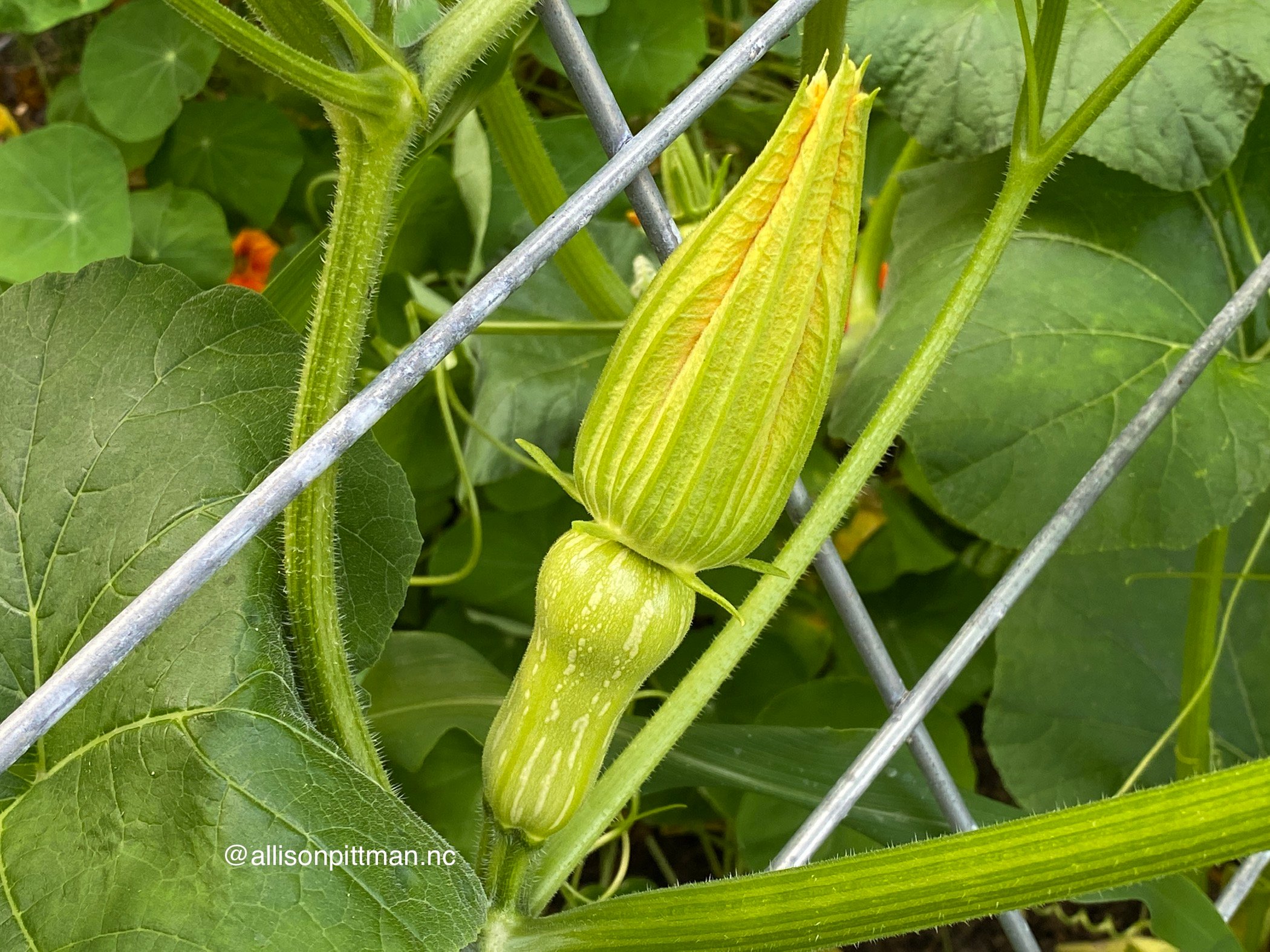
Female butternut squash flower bud. See the mini-version of squash? Consider this like the gender reveal parties sans the pink and blue confetti.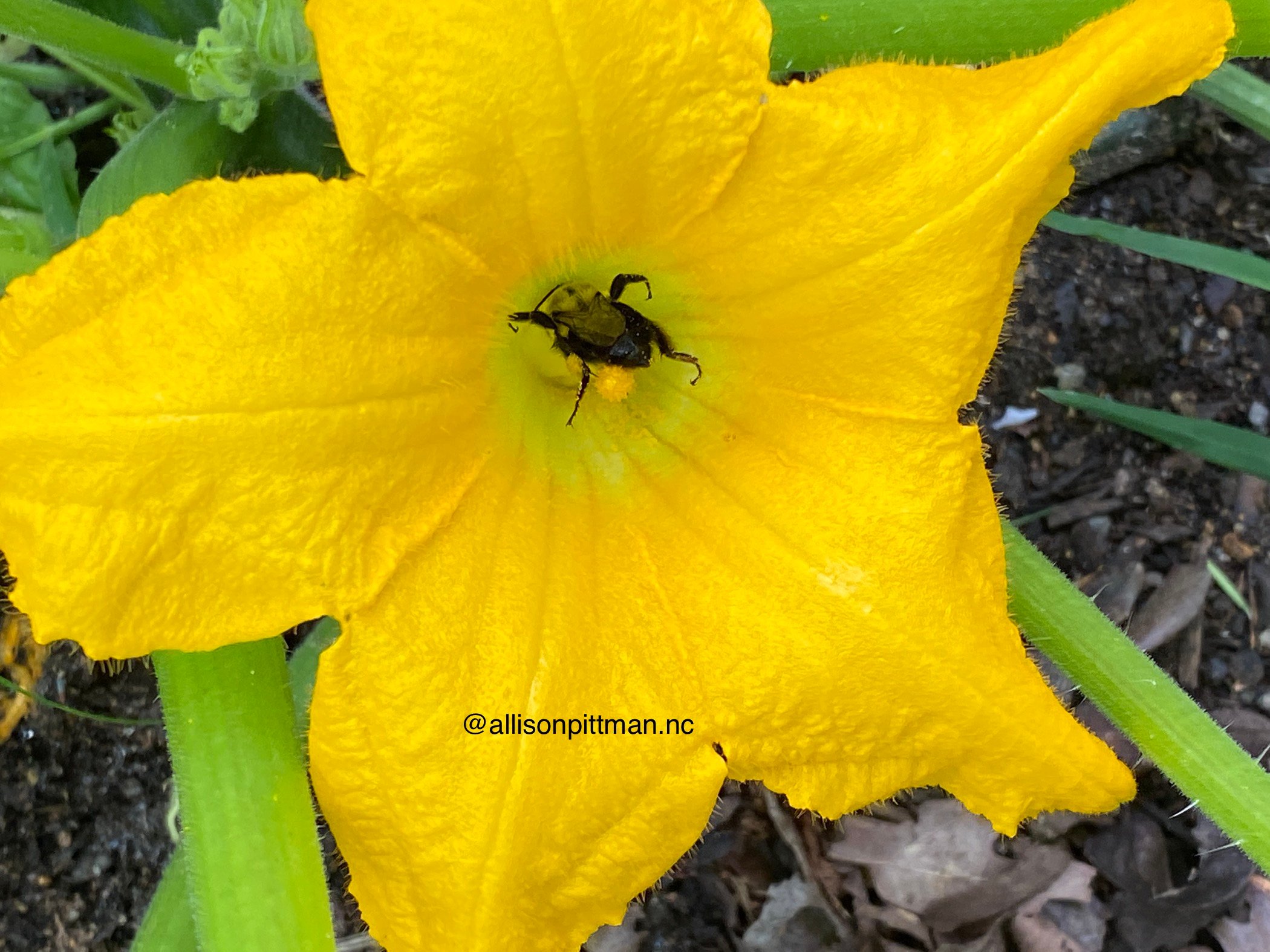
This bee is collecting pollen from a male squash flower.
Many times, I have unintentionally created ‘frankenstein-squash’ where pollen from different squash varieties get mixed up resulting in unique hybridized tasty fruits as well as yucky non-edible fruit. If space is limited, you may want to consider staggering your squash varieties to avoid those mishaps or hand pollinate your plants.
Insufficient Pollination
Without proper pollination, we would not have food. Have you ever opened a corn husk only to be disappointed with missing kernels in your corn? If so, that’s the result of insufficient pollination. After tassels develop on corn, you can give corn stalks a shake to simulate wind pollination. Another trick is to snap off some tassels and wipe them on the silks to transfer pollen.
Signs of poor pollination in squash include stunted growth, yellowing, and rotting. It is best to dispose of the stunted squash allowing your plant’s energy to create healthier ones.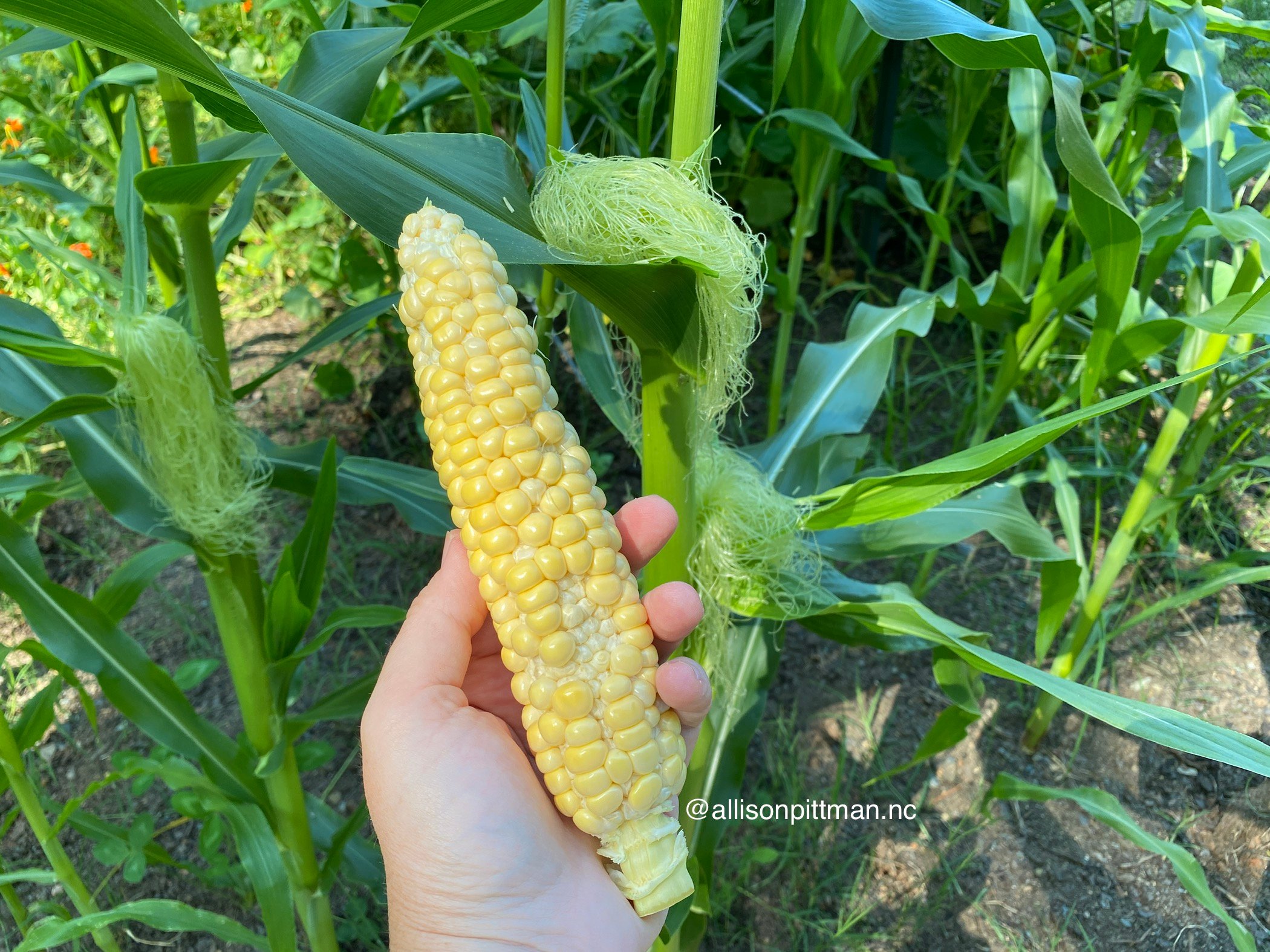
Missing kernels means insufficient pollination. The pollen from the tassels take approximately 24 hours to move down the silk (one silk for each kernel!) to the ovule. The ovule develops into a kernel.
Flower Power
Adding flowers to your vegetable garden will boost yields and keep crops healthier. Vegetables and flowers are both angiosperms, a fancy word to describe a plant that forms flowers. I don’t know about you, but I get kind of excited when I see the buffet spread during the holidays. Same thing for our pollinators. If you plant it, they will feast and pollinate.
Composite shaped flowers like sunflowers, cosmos, and daisies attract bees. Tubular shape flowers like salvias attract hummingbirds. The most productive pollinators are bees which I discussed in my previous blog, “About the Bees”.
Next, I’ll give you my favorite annual and perennial flower recommendations that attract a diversity of pollinators and will explain why they benefit vegetables.
What is an Annual?
Annuals are plants that complete their life cycle in one year. They do not return the following year like perennials. The advantages of annuals include a longer bloom season, cheaper prices compared to perennials, and little effort to change the looks and vibes of a garden space from one season to the next. Annuals bloom at the same time as summer vegetable flowers such as tomatoes, peppers, cucumber, squash, and beans.
- Nasturtium (Tropaeolum minor): Nasturtium blooms with a beautiful array of colors from spring into fall, producing seeds in late summer and early fall. They will die off after the first frost. They are excellent companion plants for vegetables, attracting pollinators, repelling pests, and providing edible blooms and leaves with a distinctive peppery flavor.
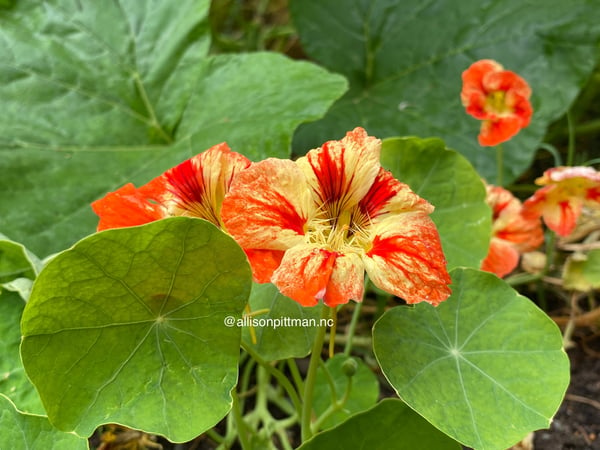
Nasturtiums repel squash bugs and cucumber beetles. I’m testing this with these nasturtium and butternut squash in the background.
- Marigold (Tagetes spp.): I call these the “tuck it here, tuck it there” plant. Butterflies adore marigolds. This annual deters nematodes, Mexican bean beetles, and many garden pests. They come in various shades of yellows, oranges, and reds. Plant throughout your vegetable space, especially near tomatoes.
 Marigolds are good companion plants for tomatoes since they repel nematodes. They attracts many butterflies such as this black swallowtail.
Marigolds are good companion plants for tomatoes since they repel nematodes. They attracts many butterflies such as this black swallowtail. - Sunflower (Helianthus spp.): Sunflowers are like the smiley emoji of the garden. Not only do they serve as a trellis for green beans, their flower heads attract a variety of bees. Each head is composed of approximately a thousand tiny flowers called florets. When pollination occurs, a seed is formed. That is why we get so many sunflower seeds in a head.
 Sunflower heads produce lots of sunflower seeds because they are composed of many tiny flowers called florets.
Sunflower heads produce lots of sunflower seeds because they are composed of many tiny flowers called florets. - *Scarlet Sage (Salvia coccinea): Scarlet sage is an annual that is also a native plant to the Southeast. Like marigolds, I like to use these as a “tuck it” plant. Deer and rabbits are not fond of its scent. However, hummingbirds love this plant and they will help keep your mosquito population in check. The further south you go, this native salvia is a perennial. In my zone 7b, I let this annual go to seed and seedlings develop the following spring.
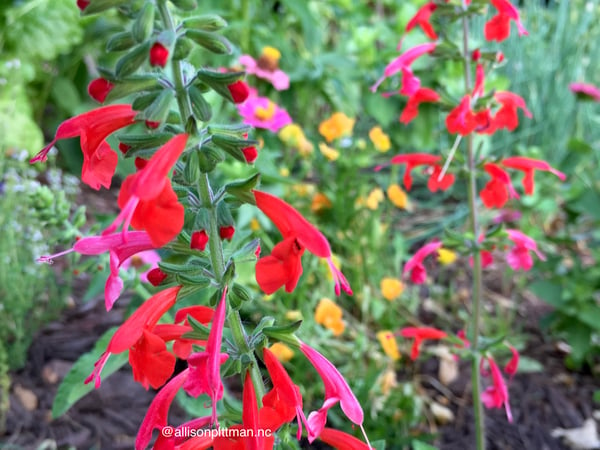 The scarlet sage's tubular flowers attract hummingbirds which feast on ants, aphids, beetles, and mites.
The scarlet sage's tubular flowers attract hummingbirds which feast on ants, aphids, beetles, and mites. - Zinnia (Zinnia spp.): There are many varieties of zinnia with a diversity of colors. They create beautiful borders and serve as wonderful companion plants with vegetables. They attract native bees and butterflies. And they attract predatory wasps, ladybugs, and hover flies – all of whom eat insects that destroy garden plants. My latest addition is the ‘Candy Cane Mix’ and I’m loving their peppermint vibe.
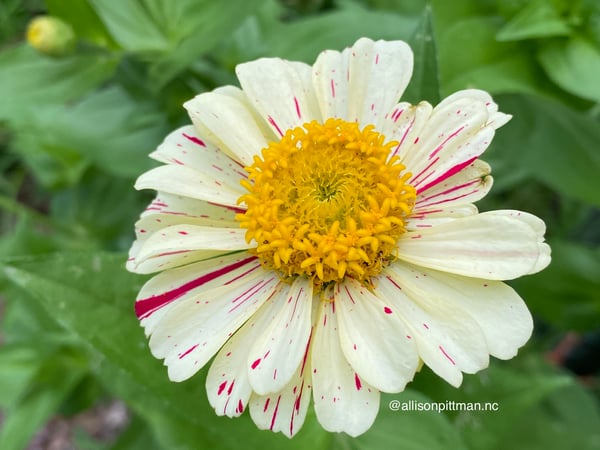 The ’Candy Cane Mix’ zinnias provide cheerful vibes and sweet nectar to attract a diversity of pollinators.
The ’Candy Cane Mix’ zinnias provide cheerful vibes and sweet nectar to attract a diversity of pollinators. - Cosmos (Cosmos bipinnatus): Want to attract beneficial lacewings to your garden? Plant some cosmos. Green lacewings prey on soft-bodied garden pests such as aphids and thrips. Plus their airy and delicate blooms are a delight to watch as the sway in the breeze.
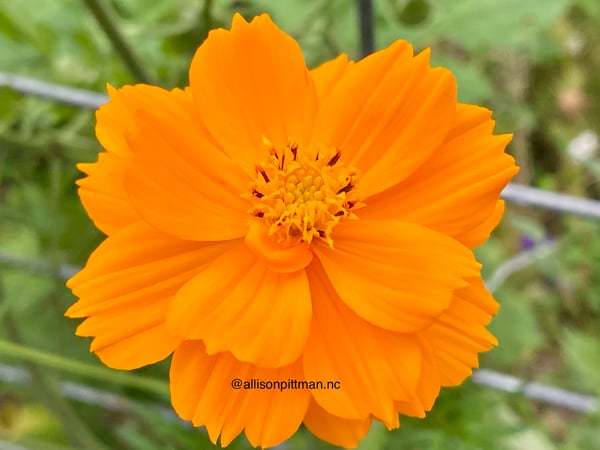 Cosmos attract lacewings, a beneficial insect that preys on garden pests such as aphids and thrips.
Cosmos attract lacewings, a beneficial insect that preys on garden pests such as aphids and thrips. - Borage (Borago officinalis): Once you grow borage, you will most likely have it for awhile. It reseeds but seedlings are easy to pull out where not wanted. It repels tomato and cabbage worms because the flowers attract their predatory insects such as bees and wasps. I love the edible flowers which have a flavor of mild cucumber and honey.
 Borage repels tomato and cabbage worms but it attracts a variety of pollinators such as this sweat bee. The blue flowers are also edible.
Borage repels tomato and cabbage worms but it attracts a variety of pollinators such as this sweat bee. The blue flowers are also edible. - Calendula (Calendula officinalis): Calendula provides beautiful pops of colors in yellows and oranges. Flowers are edible. It repels garden pests such as asparagus beetles and tomato hornworms. It attracts aphids which you can use to your advantage by planting at the borders of the vegetable garden. It acts as a trap crop, tempting aphids away from vegetables that they love such as peas.
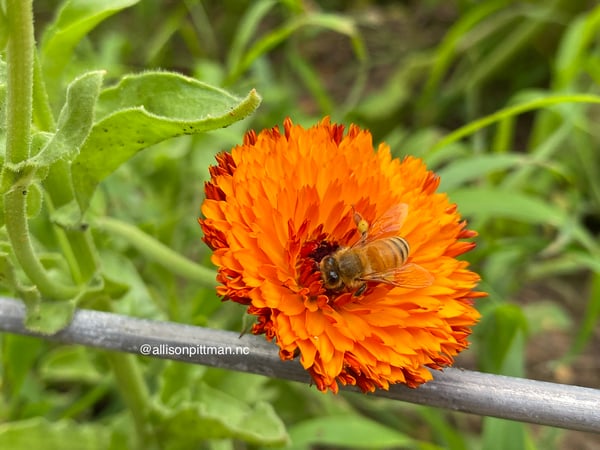 A great plant for the border Calendula attracts beneficial insects but also aphids so it serves as a trap crop.
A great plant for the border Calendula attracts beneficial insects but also aphids so it serves as a trap crop. - Violas (Viola spp.): Violas make wonderful ground covers in the vegetable area blooming during fall, winter, and early spring. The flowers are edible and they are a host plant for fritillary butterflies.

Violas and pansies are host plants for fritillary butterflies. They behave like a ground cover providing flowers during the cooler months.
- Bolting Leafy-Green Vegetables: Why am I including vegetables in this annual flower list? Most vegetables are annuals and they produce flowers even though we eat the foliage or flower buds of these plants. Lettuces, broccoli, kale, cauliflower, arugula, and collards are just a few of many examples of leafy greens. Instead of removing all of them out of the garden, let a few remain. The summer warmth makes leafy greens bolt (flower and produce seed) to end their annual life cycle. Their tiny flowers attract a diversity of pollinators, including native bees, and beneficial insects to the vegetable garden space.
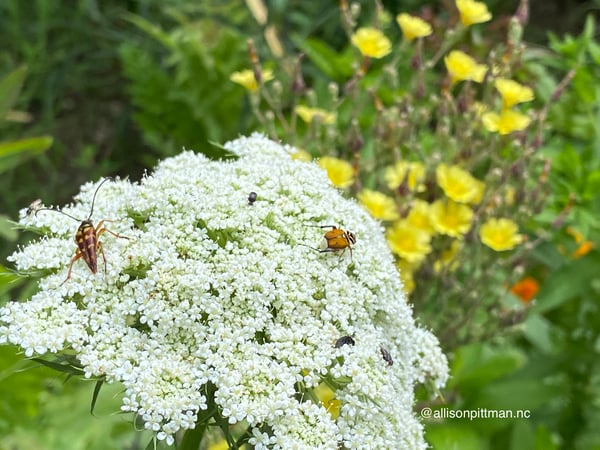 Carrot flower with bolting lettuce flowering in the background. The bolting flowers attract a diversity of pollinators and beneficial insects.
Carrot flower with bolting lettuce flowering in the background. The bolting flowers attract a diversity of pollinators and beneficial insects. - Annual Herbs: Since essential oils come from herbs, think about their benefits in the garden. They secrete their essence into the soil which is absorbed by surrounding plants assisting with repelling garden pests. The scent from their leaves also masks the scent of prized vegetables. Their flowers are typically small attracting the tinier pollinators, especially beneficial insects. Basil, dill, German chamomile, and cilantro are just a few annuals I grow in my garden space. Plus, dill and parsley are host plants for the black swallowtail butterfly. (Technically, parsley is a biennial living for 2 years.)
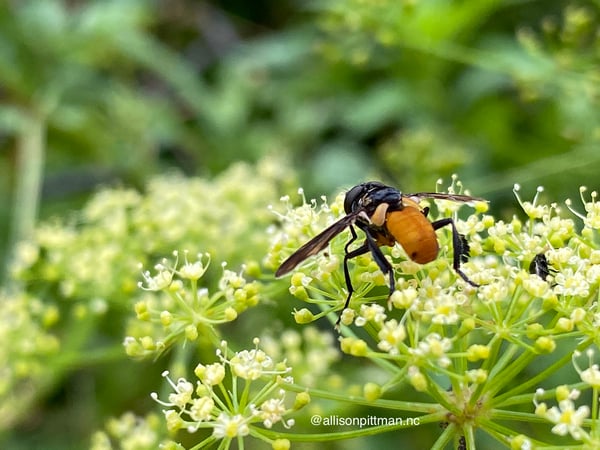 Tachinid fly on parsley flowers. These are parasitoids - their lava develop on or in their host, ultimately killing them. They target many garden pests ranging from tomato hornworms to leaf-footed bugs.
Tachinid fly on parsley flowers. These are parasitoids - their lava develop on or in their host, ultimately killing them. They target many garden pests ranging from tomato hornworms to leaf-footed bugs.
What is a Perennial?
A perennial is a plant that lives more than two years. The advantages of growing perennials are they don’t need to be replanted each year, their root systems improve soil structure, established plants require less watering, and you get free plants in the long run because most easily propagate by root division.
With a little planning, perennials can provide staggered blooms year-round in our Southeast climate. Don’t be afraid to grow perennials with your vegetables. If you need to change your layout, many can be transplanted without much damage during the spring and fall seasons.
- Clover (Trifolium repens, Trifolium pratense): You probably already have white and red clover growing on your property. If you see it growing in your vegetable garden, you may want to keep it. Clover belongs in the legume family, and it nourishes soil and plants with nitrogen. Red clover grows taller than the white clover and meanders happily around vegetables providing pops of pink blooms that pollinators adore. And you’re in luck if you find a 4-leaf clover. They appear 1 in every 10,000 clovers!
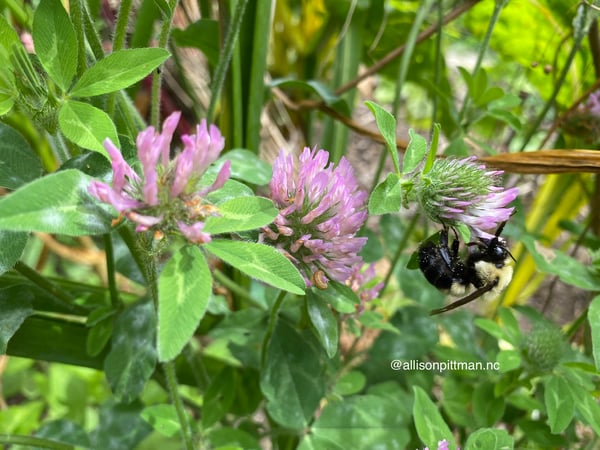 Red clover is a short-lived perennial that is a favorite for many types of bees.
Red clover is a short-lived perennial that is a favorite for many types of bees. - *Purple Coneflower (Echinacea purpurea): Purple coneflower is a native plant that attracts a diversity of wildlife. The blooms lure butterflies and native bees. Goldfinches love the seed heads. It provides medicinal benefits and is adaptable to many soil types.
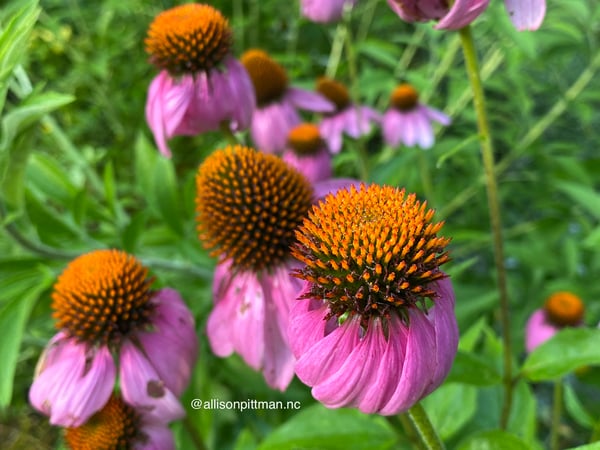 The purple coneflower is a native plant that attracts a wide range of native bees, butterflies, and birds too. It can reach from 2' to 4' tall.
The purple coneflower is a native plant that attracts a wide range of native bees, butterflies, and birds too. It can reach from 2' to 4' tall. - *Black Eyed Susan (Rudbeckia hirta): Black Eyed Susans and coneflowers go together like peas in a pod. Rudbeckia is a native plant and provides similar wildlife benefits as the coneflowers. The yellow blooms pop in the garden.
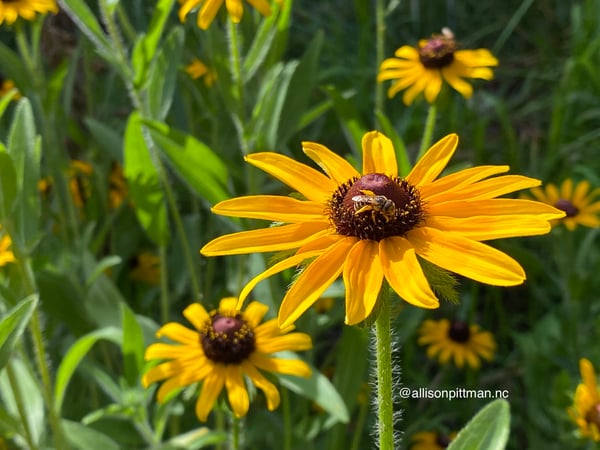 Rudbeckia or black eyed Susan is a native plant providing pops of yellow and bringing similar wildlife benefits as the purple coneflower.
Rudbeckia or black eyed Susan is a native plant providing pops of yellow and bringing similar wildlife benefits as the purple coneflower. - Verbena (Verbena bonariensis): There’s many verbena varieties all around the world. In the vegetable garden space, I enjoy Verbena bonariensis. It blooms when summer vegetables are blooming. It appeared in my garden space one day, most likely from birds spreading seeds. I have kept it ever since. It attracts a diversity of bees, butterflies, and gold finches that snack off the seeds.
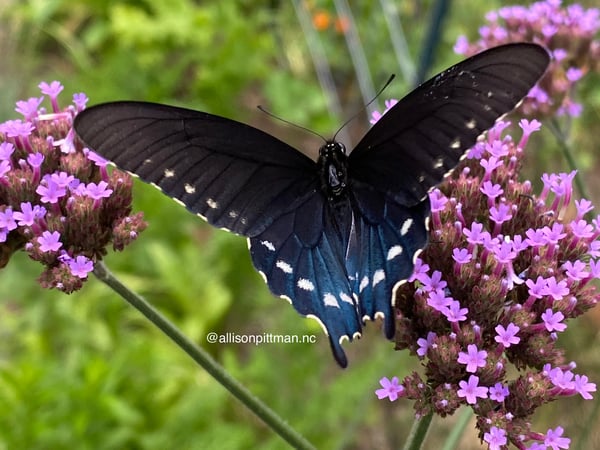 Verbena bonariensis can reach up to 5’ with a narrow structure. It attracts a many pollinators such as this pipevine swallowtail butterfly.
Verbena bonariensis can reach up to 5’ with a narrow structure. It attracts a many pollinators such as this pipevine swallowtail butterfly. - Lamb’s Ear (Stachys byzantina): I like a plant that is tough and low maintenance. Lamb’s ear is at the top of that list. It grows in all kinds of soil and sun conditions. Spikes of purple flowers bloom in late spring and early summer attracting bees and hummingbirds. Deer leave it alone and rarely walk on it. I enjoy using it as a border for the vegetable space. Plus kids can’t resist touching it.
 A ground cover with spikes of lavender flowers which attract beneficial insects such as hover flies.
A ground cover with spikes of lavender flowers which attract beneficial insects such as hover flies. - Comfrey (Symphytum uplandicum): If you grow fruit trees, you may want to add comfrey nearby. It’s deep tap roots capture potassium and other essential nutrients deep in the soil. Once the plant dies back for the season, the captured nutrients nourish the surrounding ground as leaves decompose. I use the leaves as a mulch around vegetables. The pollinators adore the bell-shaped flowers which attract a variety of bees, butterflies, and ladybugs. If your garden is tight on space, you may not want this plant. It reseeds and digging out the tap root is difficult. If you don’t want it to spread quickly, look for the 'Bocking 14' variety which won’t spread by seed.
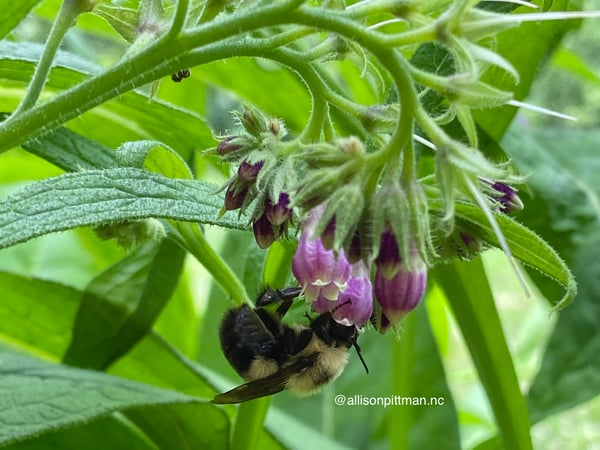 Comfrey has deep tap roots making it difficult to transplant. Bees love the flowers. Decomposed leaves provide a nutritional mulch for vegetables.
Comfrey has deep tap roots making it difficult to transplant. Bees love the flowers. Decomposed leaves provide a nutritional mulch for vegetables. - Perennial Herbs: We already listed some favorite annual herbs and highlighted their repellent property for garden pests. The fragrance of herbs is not favored by deer or rabbits either. Their flowers attract a wide range of pollinators and beneficial insects. Lavender, sage, rosemary, thyme, lovage, and chives are just a few of many perennial herbs. Plants from the mint family (lemon balm, catnip, spearmint, etc) are invasive so best to keep them contained.
 Lavender blooms attract bees. It is a tender perennial therefore best to protect with a cover during long extended freezes in winter.
Lavender blooms attract bees. It is a tender perennial therefore best to protect with a cover during long extended freezes in winter.
*Native Plants
I mentioned ‘native plant’ a few times in the above lists and have designated them with asterisks.
What is a native plant? They are plants that have always grown in your region. These plants evolved over thousands to millions of years, and they are just “there” in nature surrounding you.
Why are they important? Insects from your region evolved with these plants. Why are insects important? They are the basis of our food web which ultimately serves us. Without insects, we would not have food. We’ll discuss native plants in a future blog.
Conclusion
I hope you enjoyed reading about the importance of pollination, the different forms of pollination, insects, and some recommended flowers to add to your garden. Plants use different strategies for pollinating, surviving and producing.
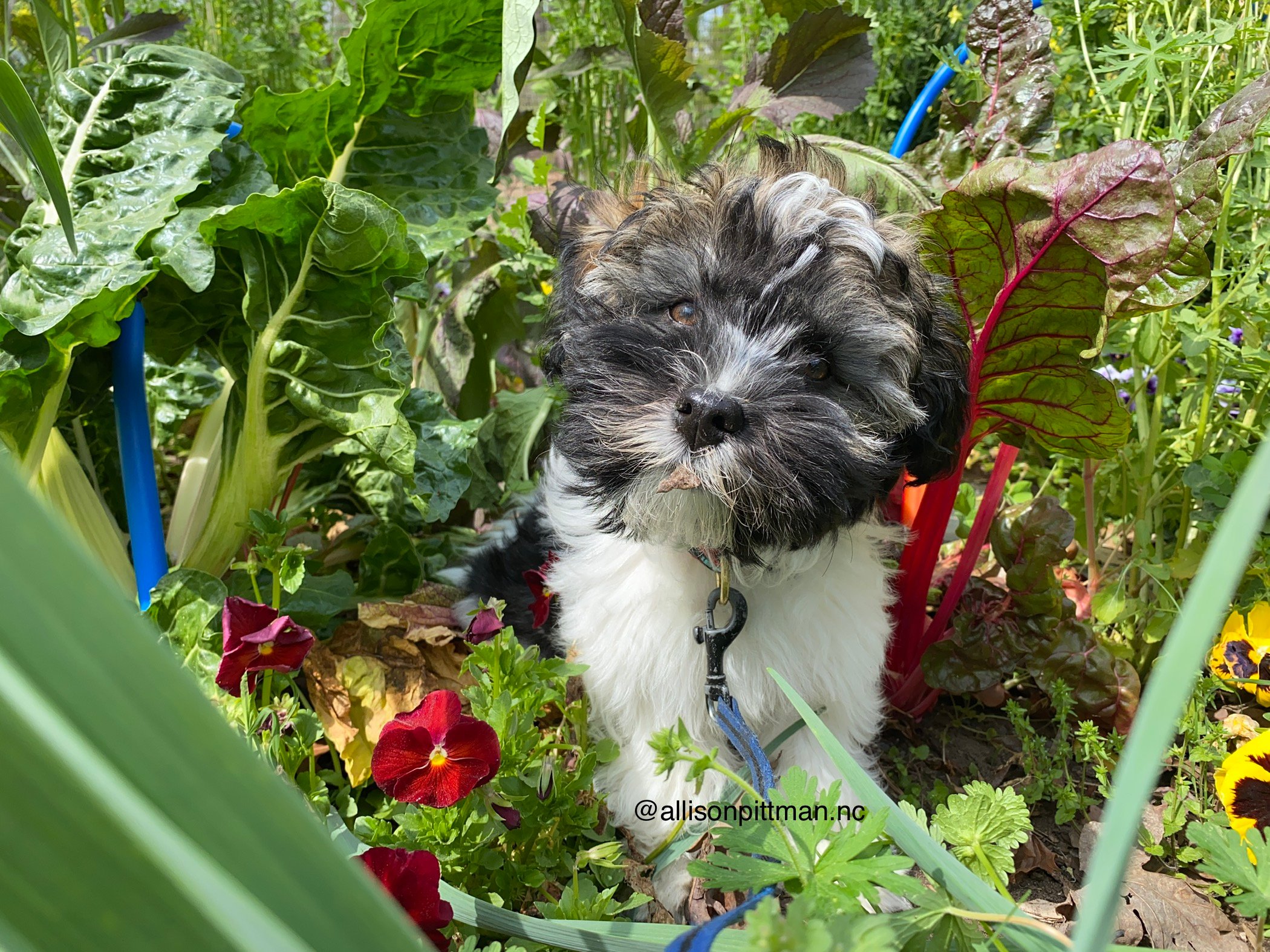
Wait - that's not a pollinator! Our puppy, Theo, in the garden.
As my granddad would always say “everything in moderation.” It is a philosophy I use when gardening. When a little bit of this and a little bit of that come together, things work out maintaining harmony, checks, and balances. Plus you get vegetables.
Until next time, happy gardening!
Allison
All photos by Allison Pittman.
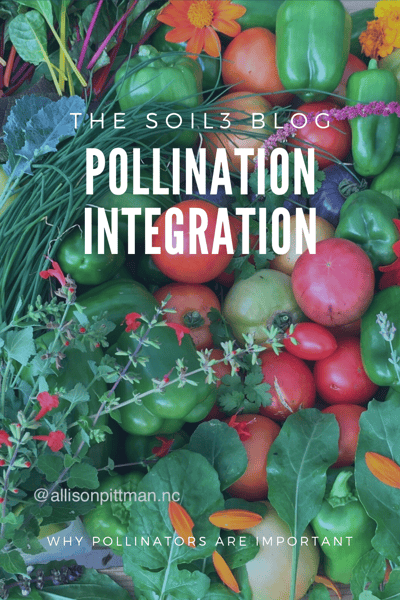
Related Posts

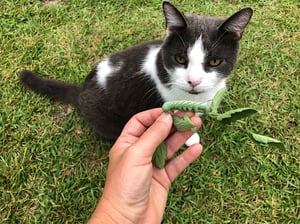
Organic Insect Control for Every Garden

Growing a School Rain and Pollinator Garden
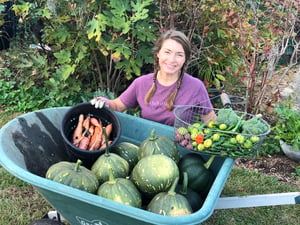
Brie's Gardening Ideas for October
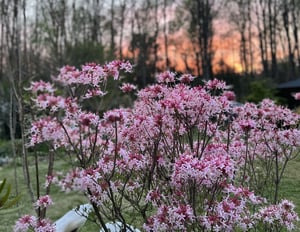
Brie's Plant Pick: Native Azaleas
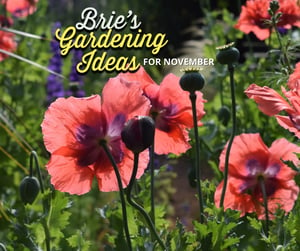

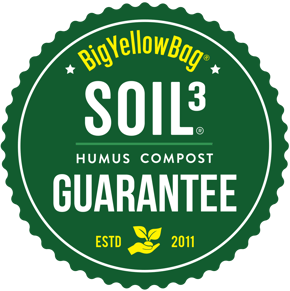
Did this help you out? Have any questions for clarity? Leave a comment below!